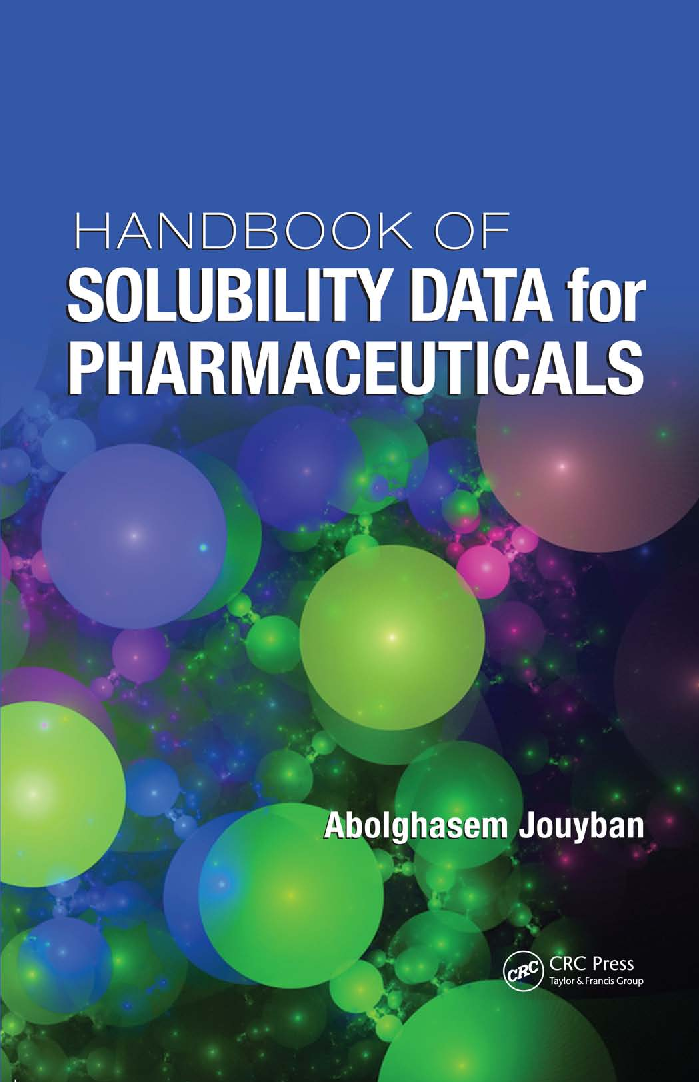
He F, Woods CE, Trilisky E, Bower KM, Litowski JR, Kerwin BA, Becker GW, Narhi LO, Razinkov VI. Weak interactions govern the viscosity of concentrated antibody solutions: high-throughput analysis using the diffusion interaction parameter. 2010 399:141–3.Ĭonnolly BD, Petry C, Yadav S, Demeule B, Ciaccio N, Moore JM, et al. High-throughput dynamic light scattering method for measuring viscosity of concentrated protein solutions. He F, Becker GW, Litowski JR, Narhi LO, Brems DN, Razinkov VI. Non-aqueous suspensions of antibodies are much less viscous than equally concentrated aqueous solutions. Srinivasan C, Weight AK, Bussemer T, Klibanov AM. Polar solvents decrease the viscosity of high concentration IgG1 solutions through hydrophobic solvation and interaction: formulation and biocompatibility considerations. Kamerzell TJ, Pace AL, Li M, Danilenko DM, McDowell M, Gokarn YR, et al. Structure-activity relationship for hydrophobic salts as viscosity-lowering excipients for concentrated solutions of monoclonal antibodies. Guo Z, Chen A, Nassar RA, Helk B, Mueller C, Tang Y, et al. Monoclonal antibody self-association, cluster formation, and rheology at high concentrations. Lilyestrom WG, Yadav S, Shire SJ, Scherer TM. Viscosity of concentrated therapeutic protein compositions. Jezek J, Rides M, Derham B, Moore J, Cerasoli E, Simler R, et al. High-dose monoclonal antibodies via the subcutaneous route: challenges and technical solutions, an industry perspective.

Viscosity behavior of high-concentration protein mixtures. Characterization and Suitability of Therapeutic Antibody Dense Phases for Subcutaneous Delivery. Reversible self-association increases the viscosity of a concentrated monoclonal antibody in aqueous solution. Zeta potential of Fv portion of a mAb ξ-potential: Zeta potential of constant regions of a mAb ξ Fv Measured viscosity of an antibody solution η rel Net charge on Fv portion of a mAb Z whole mAb Net charge on the constant regions of a mAb Z Fv
VISCOSITY 1.7.12 FULL
Variable domain of a light chain Z app whole mAbĪpparent charge on a full length mAb Z appFvĪpparent charge on Fv portion Z constant regions Isoelectric point of a full length mAb RMSE: Isoelectric point for Fv portion of a mAb pI whole mAb Normalized aggregation propensity of an Fv region computed by using Waltz pI Fv Normalized aggregation propensity of an Fv region computed by using TANGO P aggWaltz Fv

Number of residues in the Fv region PaggTANGO Fv

Normalized hydrophobic surface area Nres Fv Molecular Operations Environment NormASAhphob:
VISCOSITY 1.7.12 SIMULATOR
Large-scale Atomic/Molecular Massively Parallel Simulator mAb: Kyte-Doolittle hydrophobicity moment for Fv portion of a mAb LAMMPS: Third domain in constant portion of a heavy chain cIEF:ĭipole moment for Fv portion of a mAb D whole mAb Second domain in constant portion of a heavy chain C H3: This screen can facilitate developability risk assessment and mitigation strategies for antibody based therapeutics via rapid high throughput material-free screening.įirst domain in constant portion of a heavy chain C H2: ConclusionsĪn Fv region-based qualitative screening profile was devised to flag mAb candidates whose development, as high concentration drug products, could prove challenging. An empirically derived equation that connects aggregation propensity and pI of the Fv region with high concentration viscosity of the whole mAb was developed. Negative net charges on the Fv regions of two mAbs with poor viscosity behaviors facilitate attractive self-associations, causing them to diffuse slower than a well-behaved mAb with positive net charge on its Fv region. Net charge, ξ-potential and pI of Fv regions were found to correlate with viscosities of highly concentrated antibody solutions. Coarse-grained molecular simulations of two problematic mAbs were compared with that of a well behaved mAb. Sequence and structural features of the variable (Fv) regions were analyzed to understand viscosity behavior of the mAbs.

MethodsĬoncentration dependent viscosities of 11 proprietary mAbs were measured. Early identification of monoclonal antibody candidates whose development, as high concentration (≥100 mg/mL) drug products, could prove challenging, due to high viscosity, can help define strategies for candidate engineering and selection.


 0 kommentar(er)
0 kommentar(er)
